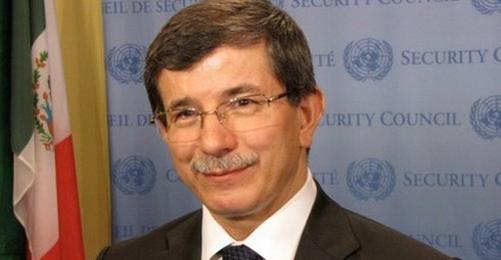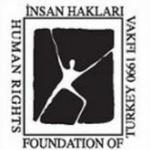Government Parry the Fight Against Torture
Turkey signed the optional protocol on 14 September 2005.
Main opposition People's Republican Party (CHP) MP İsmail Özay issued the motion, demanding information on government plans regarding the implementation of the protocol.
Reminding the issue of cooperation with non-governmental organizations for monitoring violations as foreseen in the protocol, Özay asked what kind of prepatory actions have been taken in this direction.
Responding to the motion, Minister of Justice Cemil Çiçek mentioned the recently established Comissions to Monitor Institutions of Judicial Executions and Prison Facilities.
There is no official dateline regarding the ratification of the Optional Protocol, he said.
TİHV criticizes government's response
Commenting on government's response, "They can't openly reject to implement the protocol so protract the issue", said Yavuz Önen, chair of Turkey's Human Rights Foundation (TİHV).
TİHV carried out a campaign for the ratification of the Optional Protocol last year.
Önen noted that the monitoring institutors are not independent from government influence as of now and they can't cover the need of inspection as stated in the UN protocol.
The commissions are financed by the government and founded as an extension of the Ministry of Justice.
Furthermore, reports filed by the commissions are kept secret from public. Also, NGO representatives included in the commissions are chosen by the administration.
UN Protocol
Constituted on September 2005, the objective of the present Protocol is to establish a system of regular visits undertaken by independent international and national bodies to places where people are deprived of their liberty, in order to prevent torture and other cruel, inhuman or degrading treatment or punishment.
According to the protocol, each state party shall set up, designate or maintain at the domestic level one or several visiting bodies for the prevention of torture and other cruel, inhuman or degrading treatment or punishment.
Also, a subcommittee shall be established and shall carry out the functions laid down in the present Protocol.(TK/EÜ)
KURDISH QUESTION
PKK Ceasefire to be Terminated on 31 October?
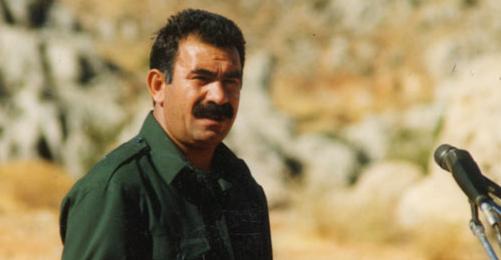
KCK CASE
Court Dismissed Request for Defence in Kurdish
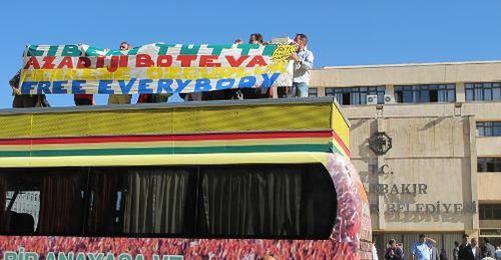
7th Istanbul Gathering for Freedom of Thought
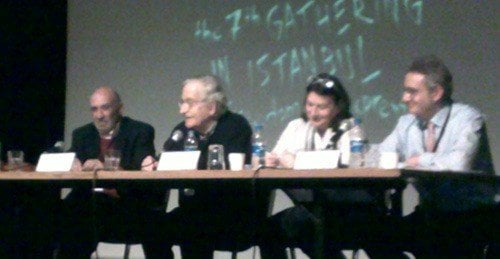
CONSTITUTIONAL AMENDMENTS
58 Percent Said "Yes" to Constitutional Reform Package
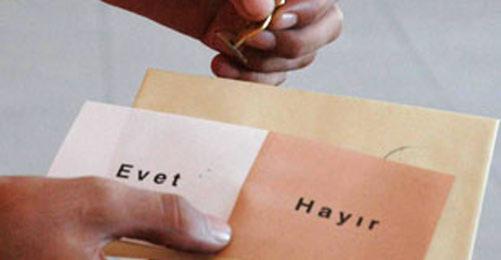
Rights Organizations 3 Years ahead of Foreign Minister
